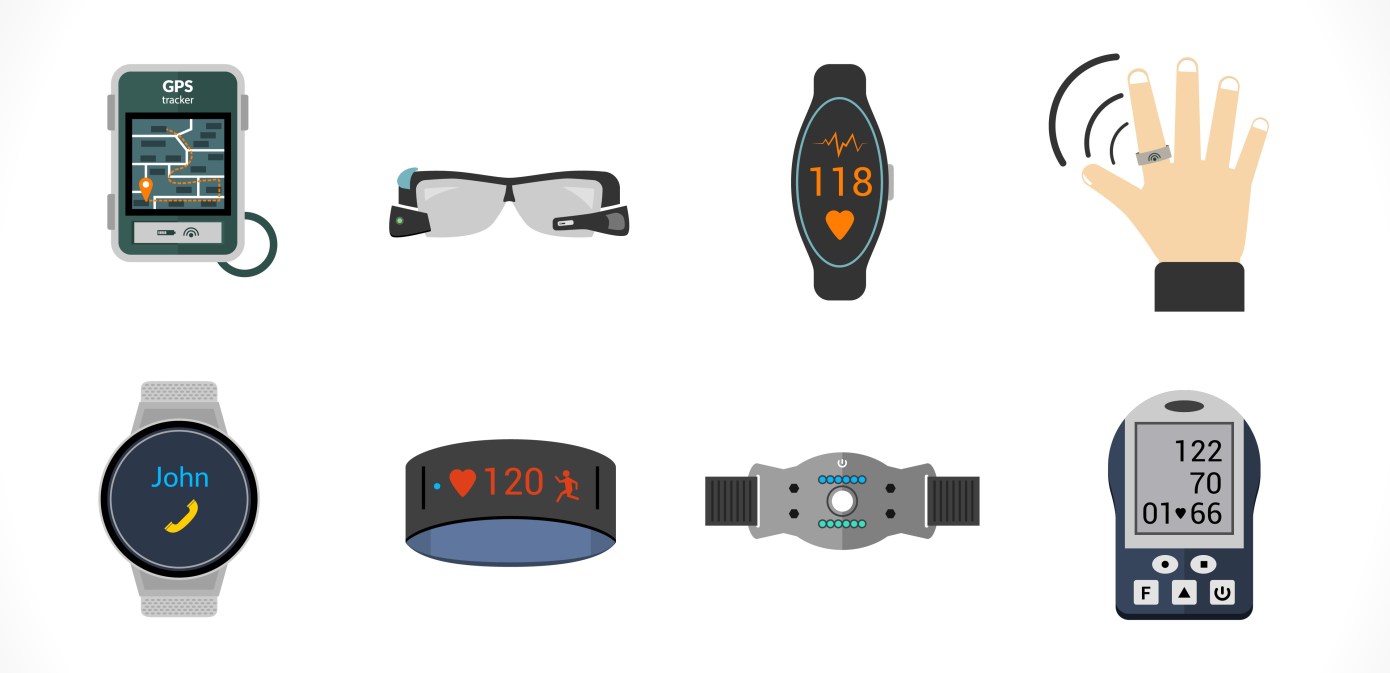A Glimpse of Latest Mobile App Development Trends
Which device do you choose to carry out all of these actions, whether it's shopping, ordering your favorite meal, saving money, renting a cab, or any other regular activity online? Isn't that your smartphone? It's the same for everyone. The mobile device has evolved into a true lifesaver, easing our daily duties and altering our perceptions of information.
It is fair to say that mobile technology is progressing at the speed of light, and apps have become a vital part of the digital ecosystem. In reality, these apps are on their way to becoming omnipresent. Keeping up with the current developments in app development , on the other hand, has become a requirement rather than a choice.
1. More rapid mobile development:
Companies are having a difficult time keeping up with the growing demand for mobile apps. Businesses are vying to offer their products and services faster than their competitors due to these advancing demands. The critical goal for mobile app developers would be to shorten development lifecycles and close the gap between ideation and launch. In the market, you may expect to see advanced quick app development tools and frameworks.
2. Powered by Cloud Technology:
Cloud technology, which is on the rise, is likely to play a crucial part in the app development revolution. There has been a rising trend in mobile device usage. As a result, app developers are increasingly focused on integrating and synchronizing programs produced for numerous devices.
The cloud approach will make it easier for developers to create functionality that can be used on various mobile devices with similar data and features. Developers are given comprehensive toolchains for creating apps, integrating them, testing them, and submitting them to app shops. This results in a faster mobile app development process without the need for in-depth technical knowledge for those critical tasks.
3. Apps' Security:
Several surveys have pointed to customer concerns about hacking, predicting that 75 percent of mobile apps will fail even basic security assessments. Hackers would likely continue to target known security flaws in mobile applications to steal sensitive and confidential data. In mobile applications, security will continue to be a significant issue. It is imperative that developers take security risks such as unsecured data storage, inadvertent data leaking, and flawed cryptography seriously.
4. Beacon Internet Services and Location-Based Services:
The technology has reduced the border between offline and online, whether in the retail or advertising sectors. This technology has already been implemented in iOS and is likely to be implemented in Android systems soon.
Almost every industry benefits from internet services, including retail, hospitality, tourism, education, healthcare, entertainment, travel, corporate, real estate, automotive, and advertising. The use of beacons in massive systems to give internal mapping is highly prevalent.
5. Wearable Technology:
Wearable technology has become the hottest subject in the consumer electronics business. The majority of wearable gadgets that have been created thus far have been focused on health and fitness. These wearable devices are likely to be used in businesses to boost efficiency and productivity.
The adoption of wearable technology, for example, is booming in the fashion and textile industries. The encouragement of cross-device applications that may be used on a cellular handset, a wearable device, or any other third-party device will undoubtedly expand the possibilities for new apps, breaking the constraints of traditional health and fitness apps.
6. Internet of Things (IoT):
The Internet of things, like cloud technology, is gaining a lot of traction. Though it has only recently gained serious attention, this buzz is likely to expand exponentially as new inventions and implementations emerge that can open up a world of omnipresent connections and information sources.
These data clearly show that the Internet of Things is booming, which will lead to higher acceptance of connected products and the expansion of the essential ecosystem. Some businesses continue to underestimate the influence of IoT on their markets and business operations, and it is strongly advised that they measure this impact against their business objectives.
7. Using App Analytics and Big Data to Prioritize User Experience:
The future of technology will be ushered in by the user experience. As the number of people using tablets, smartphones, and wearable devices grows, the app user experience is becoming more critical than ever.
It appears to be significantly more difficult when in-app adverts and purchases must be considered. In this case, data analytics will play a crucial role in assisting app developers in improving the user experience.



Comments
Post a Comment